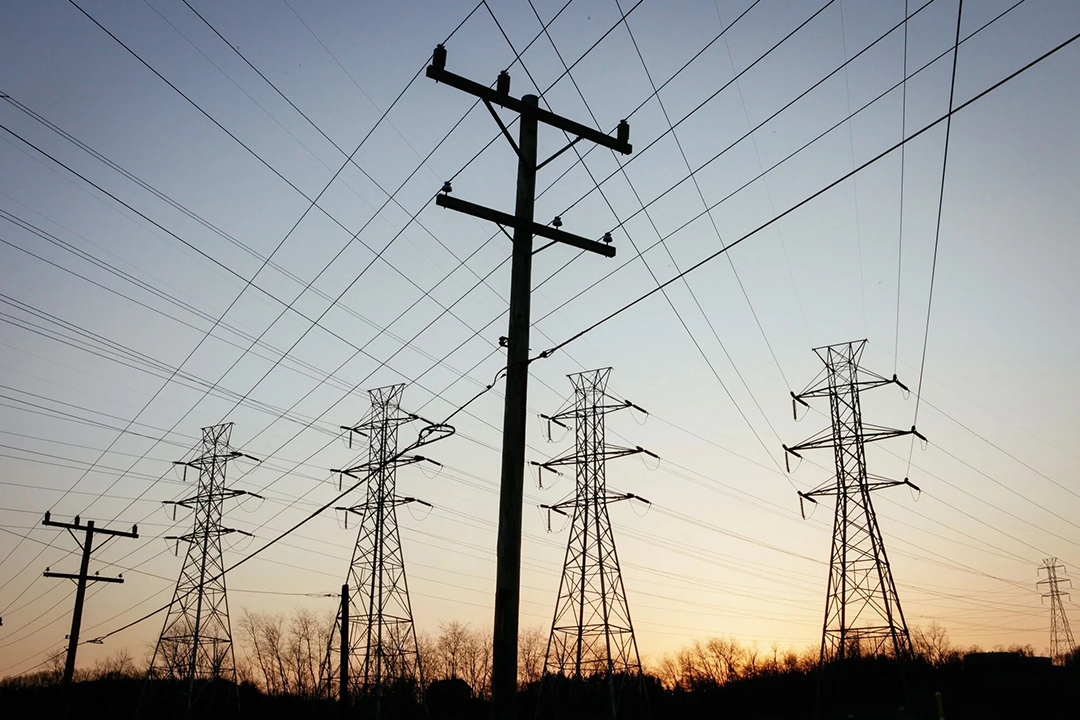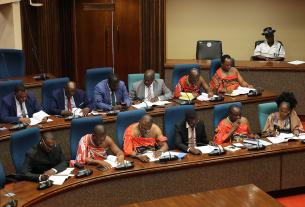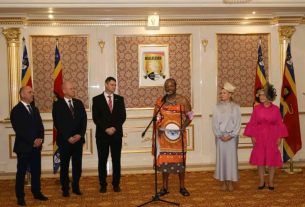By MBONO MDLULI
MBABANE – Government has reinforced its commitment to achieving universal electricity access by 2030, allocating E1.57 billion to the Ministry of Natural Resources and Energy. This funding will drive key energy projects aimed at enhancing accessibility, sustainability, and self-sufficiency in electricity generation.
The budget announcement, made by Minister of Finance Neal Rijkenberg on February 14, 2025, during his Budget Speech in the House of Assembly, aligns with His Majesty King Mswati III’s mandate to ensure every liSwati has access to reliable electricity by the end of the decade. Rijkenberg emphasized the ministry’s progress and expressed confidence that the latest allocation would accelerate further milestones.
Expanding Renewable Energy Infrastructure
Eswatini has made remarkable strides in advancing its energy sector. Among the significant developments are the construction of two new hydroelectric power plants: the 10MW Maguga Expansion and the 13.6MW Lower Maguduza project. Upon completion, these additions will increase the country’s total hydroelectric capacity to 83.6MW by 2027, strengthening its renewable energy portfolio.
“The construction of the Maguga Expansion project will run concurrently with the Lower Maguduza development, significantly boosting our hydropower capacity,” stated Rijkenberg.
In addition to hydropower, Eswatini is exploring geothermal energy potential, with geoscientific studies conducted at three sites: Lobamba-Mvutjini, Mkhoba, and the Lubombo Plateau. The preliminary findings by the Eswatini Electricity Company (EEC) indicate promising prospects for geothermal energy, further diversifying the country’s renewable energy sources.
Empowering Rural Communities and Strengthening Infrastructure
The Rural Electrification Programme continues to transform lives across Eswatini, with 4,227 households electrified in 2024/2025 and an additional 887 ready boards installed for homes still awaiting electricity connections. These efforts bring the nation closer to its ambitious goal of full electricity access.
On the transmission front, the construction of the Dwaleni–Stonehenge 132kVA power line is nearing completion and is expected to be operational in the first quarter of 2025. This project will reinforce power supply to Mbabane and the northern regions, ensuring greater stability in electricity distribution.
Overcoming Regional Energy Challenges
The regional energy landscape presents formidable challenges, including climate change-induced disruptions affecting power generation in neighboring countries like Zambia. Heatwaves and soaring demand have contributed to increased electricity tariffs across Southern Africa. While price volatility remains a concern, Eswatini remains resolute in its mission to achieve energy independence through local power generation and innovative energy solutions.
The country’s small-scale embedded generation initiative is also gaining traction, allowing independent producers to contribute to the national grid. This program underscores Eswatini’s broader commitment to achieving net-zero emissions while enhancing energy security.
Global Partnerships for a Sustainable Future
Eswatini has joined the Accelerating Sustainable and Clean Energy Access Transformation Program (ASCENT), a global initiative led by the World Bank, African Development Bank, and the Rockefeller Foundation. This ambitious program aims to connect 300 million people across Africa to electricity, with Eswatini targeting full coverage by 2030.
“Through ASCENT, we are determined to achieve 100 percent electricity coverage. We have allocated E80 million to support this initiative,” Rijkenberg confirmed.
With this strategic funding and a clear roadmap, Eswatini is poised to achieve a future powered by clean, reliable, and sustainable energy—lighting the way for generations to come.








